CLT is a relatively new building material, having been in use for 20-something years and is considered a material of the future. The qualities and performance achieved by CLT have brought it to the attention of builders and beneficiaries in Romania who want to build with modern and sustainable methods. CLT is already being used in our country and interest in this material is growing all the time. We frequently receive questions about the advantages and disadvantages of building with CLT, construction time, costs and performance. Without claiming to have answered them all, we have gathered below the answers to the most important questions based on the opinions of specialists and those who have decided to use CLT in construction.
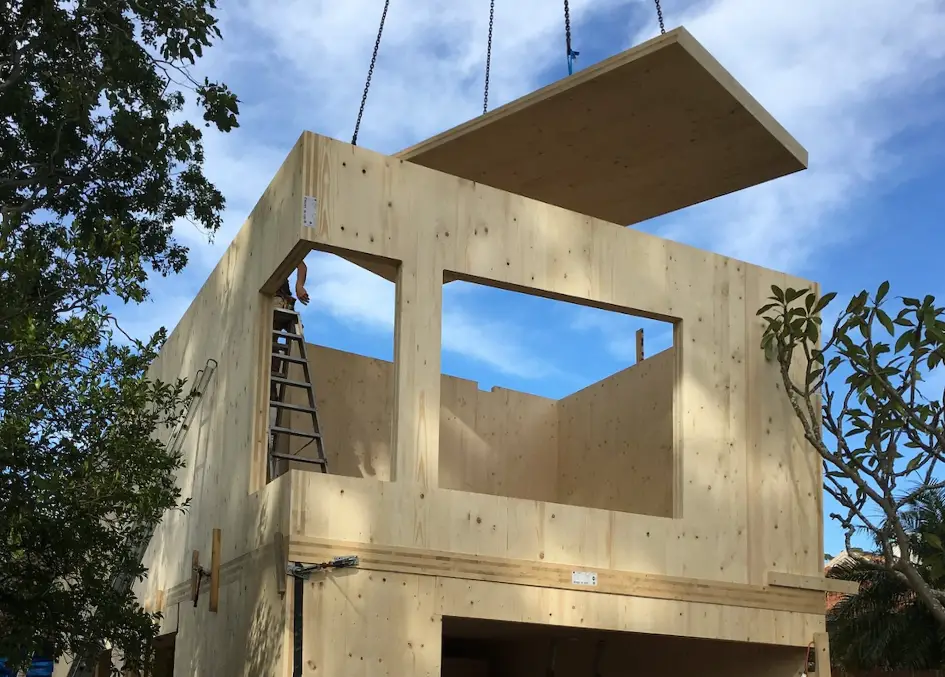
What is CLT, how is it made
CLT, Cross Laminated Timber, is considered one of the most modern, best performing and curate industrially manufactured building materials. CLT is a panel obtained by cross-laminating timber. It uses wood that is considered softer, generally softwood, and by layering it, a very strong material is obtained that is used as a wall or floor in both residential and commercial construction projects. Basically, we're talking about prefabricated timber building elements that simplify the design and construction of houses. On the building site they are joined together like pieces of a game.
CLT panels have different thicknesses. When building a CLT house, panels of different sizes and thicknesses are used for walls, floors and roofs. The thickness of a CLT panel is given by the thickness of each layer of timber and the number of layers. The thickness of the layers of timber in a CLT panel is between 20 and 40 mm and can be 3, 5, 7, even 9 layers placed perpendicular to each other. In order to obtain wall or floor size panels, the wood that goes into each layer is checked, defects are removed and then finger-joined to obtain the dimensions required by the project. It has controlled moisture content, around 12%, and is dried before use in kilns. The layers are bonded together under pressure with special polyurethane adhesive for structural elements, without formaldehyde content. Further information on CLT production can also be found at here.
It is no secret that the building materials industry is one of the most polluting industries. To produce 1 m³ of concrete, 800 kg of carbon dioxide is released into the atmosphere, and for 1 m³ of steel, 2500 kg of carbon dioxide. Wood is a natural material and the tree from which the wood comes uses carbon dioxide in the photosynthesis process. It is estimated that a tree consumes about one tonne of carbon dioxide by maturity. The industrialisation process to obtain CLT results in about 300 kg of carbon dioxide being released into the atmosphere, and overall the air we breathe is better off by 600 kg of carbon dioxide.
What are the advantages of building with CLT
CLT is a strong, lightweight and stable building material. The interlocking layers of wood make the panel stable and unaffected by external moisture. Each wall functions as a structural element, its strength being determined by the number of layers of wood in its composition. The walls of the house can be sized according to the forces they discharge, resulting in a larger usable area. Compared to concrete or masonry structures, CLT panels are 4 times lighter, resulting in thinner walls for the same load-bearing capacity, better earthquake resistance and simpler and cheaper foundations. Added to these advantages are the insulating capacity of wood and the fact that it is a natural renewable material.
But the most important advantage is the speed of construction. The advanced prefabrication of the building elements (walls, floors, ceilings) and the very high precision with which they are processed in the factory (tolerances of 2 mm) results in a high degree of accuracy when assembled on site, which leads to rapid construction progress. The large elements fit together quickly and so a one-level house can be erected in a matter of days.
As a living space, a CLT house will bring all the benefits of an energy efficient home
In short, the advantages of building with CLT are:
- Fast construction, clean site, all-season construction
- Larger usable floor area for the same footprint
- Architecture with large openings
- Good thermal insulation provided by wooden walls, minimization of thermal bridges, thermally efficient house
- High earthquake resistance
- Reduced finishes, the wood of the walls can remain exposed
- Natural material, environmentally friendly technology
Main disadvantages of using CLT
On the downside we move on to cost. CLT is one of the most modern building materials with a lot of embedded technology, making it an expensive material. The cost increases right from the design phase, when so-called shop drawings. These are drawings of the walls and other construction elements, with all the details of processing and joining. These arrive at the factory and the walls are processed on their basis. This is a very important phase because it is the phase on which the perfect joining of the elements on site depends. Hence the cost of design and several times higher than for a typical house.
Another disadvantage is that everything has to be very well thought out and decided from the beginning because it is impossible to change the project along the way. When the elements arrive on site they are processed to take their well-established place in the project and this cannot be changed later.
The lack of CLT providers in the country is also a disadvantage. While there is a commendable start in this area at Technical Switzerlandnear Timisoara, the main suppliers are in Austria, with a waiting time of months. The cost of transport and the means of unloading and positioning the walls on site will have to be added to the cost.
As with design, assembly cannot be done by just anyone. It requires specialised CLT construction teams and this again means higher costs and waiting time.
On the advantages and disadvantages of building with CLT you can also see here, in a material made by Marius Șoflete on such a construction site.
Fire resistance
I didn't list fire resistance as a disadvantage because that's not the case, even though we're talking about wood. The behaviour of CLT in fire is different from that of a piece of wood. I'm not going to say it doesn't burn at all, because that wouldn't be true. But we are talking about industrialised wood, produced specifically for use as a structural element in construction, not beams made from a single piece of wood.
CLT burns hard due to the layering in the panel. The fire advances very slowly into the panel and the panel does not lose its load-bearing capacity even if a thick layer of jar appears on the surface. In fact, it is precisely this layer that slows down the burning and protects the inside, keeping the panel strong. The adhesive also helps to slow down the fire's inward movement. To start burning, the fire would have to start from a corner, making it almost impossible to ignite the wall on the surface.
If you are convinced that an industrialised timber house burns easily it is best not to think about CLT or timber frame options for your own home. It will be hard to get past this idea, and living in such a house will not be enjoyable. However, there are many tall CLT buildings in the world. It's hard to believe that those who have approved such buildings in countries like England, Canada, Sweden and the USA have not taken this into account.
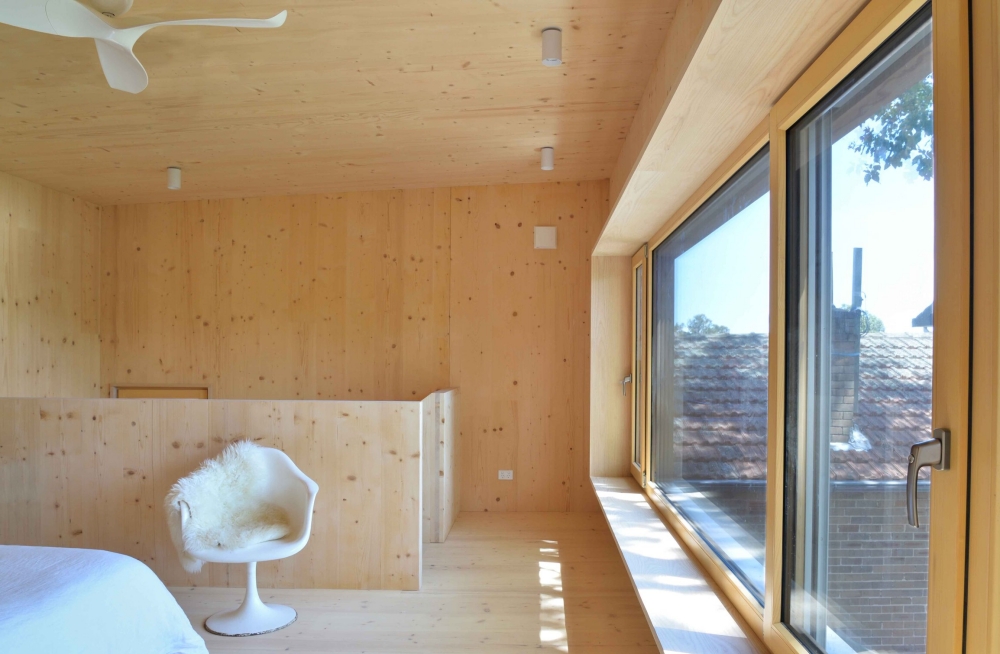
CLT manufacturers
Speaking of manufacturers, the world's largest are in Europe, with the top five in the ranking. The demand for CLT has been increasing recently as a result of changes in legislation allowing the material to be used in high-rise buildings. This has led to the emergence of new production centres, increasing the quantity produced and reducing lead times.
The first place of the top is occupied by the Finnish-Swedish company Stora Enso followed by KLH Massivholz from Austria. In fact, Austria dominates the rankings and occupies the next 3 positions. Find here a complete material on CLT manufacturers.
KLH is represented by Costi Tistea, one of the best specialists in CLT. He is based in Rome, but has built with CLT all over the world, including a castle in Taiwan. Find here some of the projects he has worked on and an interview with important information about CLTadvantages, disadvantages and when to choose it.
How much does a CLT house cost?
The main disadvantage of CLT houses is the high cost. All experts agree, saying it is the most expensive house structure. It can even be 2-3 times more expensive than a concrete or masonry house.
The answer to the question "How much does a CLT house cost?" is not easy to give. As far as the structure is concerned, you will be able to get it from a CLT house builder after presenting him with the design made by a CLT structural designer. The design phase determines the types of panels to be used, with dimensions for each individual wall and floor. Based on this design, the builder will know exactly how many panels there will be and what size each one will be. This will allow him to make calculations and a price estimate for the CLT structure. A 100 m² house may have different costs depending on the complexity of the architecture of the building, the construction solutions and even where it will be located.
The cost of the house comes not only from the material for the structure but also from what comes from using it. The cost calculation must also include the design, transport from abroad, the crane and equipment needed for unloading, the specialised assembly team, the installation routes.
On the other hand, the cost is further reduced by the simpler, and therefore cheaper, foundation work, the shorter site time, the lack of waste that would have to be disposed of, the simpler finishes. But if you're thinking of leaving the walls as they came from the factory, you should know that panels that can be left as they are are more expensive than those considered just for structure and covered with drywall.
Marius Șoflete has made a complete calculation, broken down by stages, based on offers received from different suppliers. Find hereThe whole material which is part of a series explaining how to calculate the cost of the same house built on different structures. Even though materials have become more expensive in the meantime, you can see the percentage differences between the structures used.
Who builds CLT houses in Romania
In Romania, CLT has been building for some time. Even if the panels are brought in from abroad, there are architects, designers and builders in the country who can make you a house like this if you want. Just these days (December 2022) a CLT house is being built near Rădăuți with the architectural design by Miolk, the technical design by Creative Engineering and the wall assembly by Pro Building.
CLT has been used to build residential houses, company headquarters or office space in Romania. Owners House with sun have written several materials explaining why they chose CLT for their home. Find the materials here. Building with CLT is a big investment and it is essential to do your research beforehand. Quality information materials exist.
If the price issue can be resolved, a CLT house is preferable to a concrete or steel one from an environmental and energy efficiency point of view.
It's good to know that there's another construction option if you love wood. Timber-framed houses are cheaper and you still benefit from some of the advantages of building with wood: lighter foundations, greater earthquake resistance, shorter construction time (the shorter the higher the degree of prefabrication), cleaner construction site, energy efficiency.
I hope you find the above information useful. As usual, additions are welcome. And if you have any questions or queries, please leave them in the space below. We will do our best to provide you with the most complete answers.



















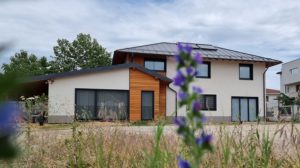
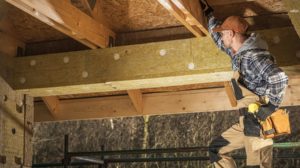

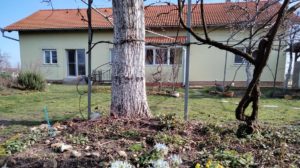
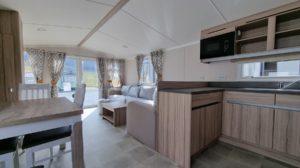
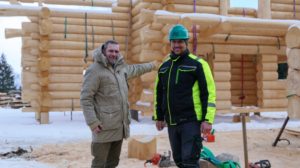

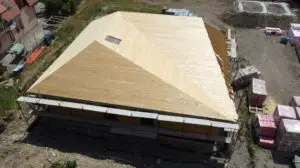

A well done article congratulations!
Hello!
Interested in building a house out of this material.
Who can I talk to, design details, the teams that will complete my final turnkey job.
The final price or components of the final price.